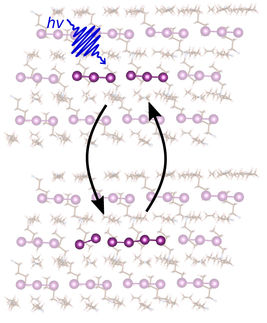HX-splitting photocatalysis for solar fuels
Photochemical HX splitting reactions (X = halogen) provide a route for solar-to-fuel energy conversion and halogen photoelimination is a critical step in the process.
Scientists in the US have investigated the photoreduction mechanism of a pair of valence-isomeric dirhodium phosphazane complexes and suggest that a common intermediate is accessed in the photochemistry of both mixed-valent and valence-symmetric complexes. They conclude that halogen photoelimination proceeds by two sequential photochemical reactions: ligand dissociation followed by subsequent halogen elimination, and they hypothesise that complexes that can directly assume a halide-bridged structure will have the highest quantum efficiencies for energy conversion.
Other news from the department science

Get the chemical industry in your inbox
By submitting this form you agree that LUMITOS AG will send you the newsletter(s) selected above by email. Your data will not be passed on to third parties. Your data will be stored and processed in accordance with our data protection regulations. LUMITOS may contact you by email for the purpose of advertising or market and opinion surveys. You can revoke your consent at any time without giving reasons to LUMITOS AG, Ernst-Augustin-Str. 2, 12489 Berlin, Germany or by e-mail at revoke@lumitos.com with effect for the future. In addition, each email contains a link to unsubscribe from the corresponding newsletter.




























































